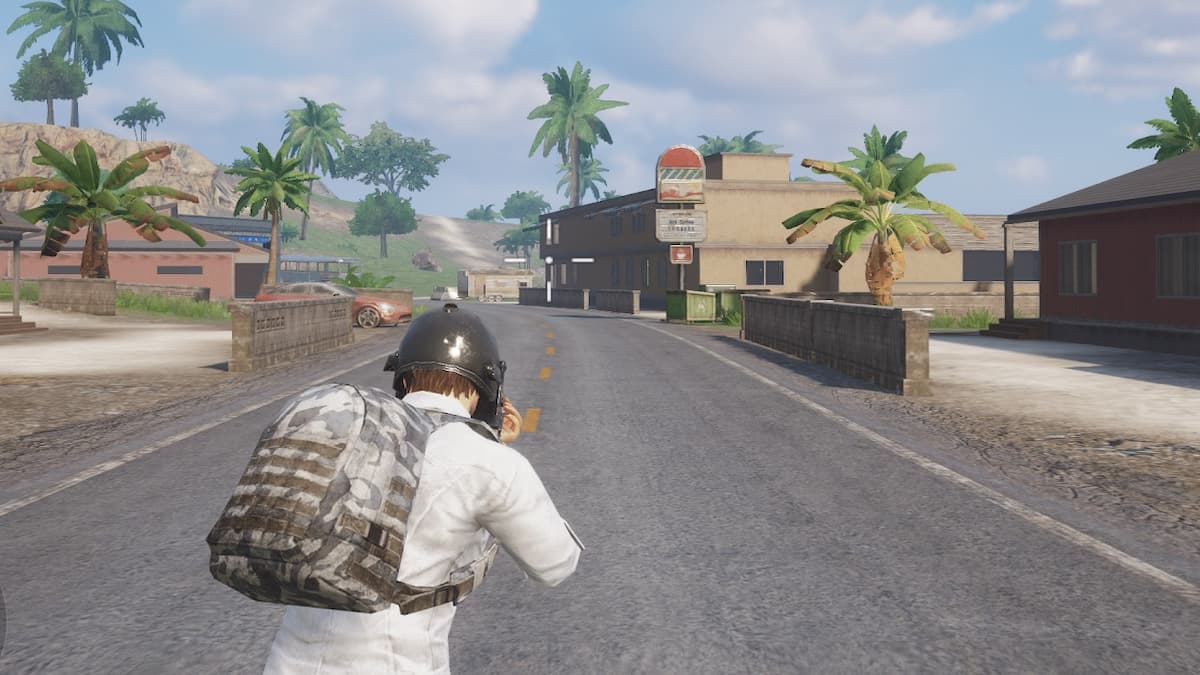Getting your settings just right in PC games is harder than ever. In this guide, we’ll go over how to fix low frame rate and stuttering in Hogwarts Legacy.
If you’ve followed our other guide on sorting out Hogwarts Legacy performance issues and are still having trouble with consistent FPS, then follow our guide below on how to fix low frame rates and stuttering in Hogwarts Legacy.
Hogwarts Legacy Low Framerate and Stuttering Fixes
Disable RTS (Ray Tracing)
First and foremost, try disabling the ray tracing completely as it can be hard on mid-to-lower end hardware. This is done by:
- Go to the game’s main menu.
- Select “Settings” menu.
- Go to “Graphics Options” tab.
- Set “Ray Tracing Reflections” to “OFF“.
- Set “Ray Tracing Shadows” to “OFF“.
- Set “Ray Tracing Ambient Occlusion” to “OFF“.
Remove Stutter with CFG
Many PC players who’ve reported the stutters during Hogwarts Legacy gameplay can also try to disable the Control Flow Guard (CFG) in Windows. This software is designed to monitor security issues during online gameplay sessions, but it is also a potential cause of of stuttering in the game.
Here’s what you need to do in order to deactivate CFG specifically for Hogwarts Legacy:
- Press the “Start” button.
- Type in “Exploit Protection” in the search bar.
- Click and open “Exploit Protection” menu once found.
- Go to “Program Settings” tab.
- Click on “Add program to customize” button.
- Select Hogwarts Legacy from the list.
- Toggle “Override System Settings” in the “Control Flow Guard (CFG)” section.
- Set it to “OFF” and press “Apply“.
After that you will have to restart your PC and check whether your game is still stuttering.
Switch to Nvidia’s Vsync
If you are running an Nvidia card and are using a G-SYNC compatible monitor, you should use the Vsync option provided in the Nvidia Control Panel rather than the game’s Vsync.
Turn off your Vsync in game under your settings, then launch Nvidia Control Panel and turn it on there. Do this with the game off.
This has improved performance for many who use a G-SYNC compatible monitor (Which you may without realizing it!) but does not help those without or players running an AMD card.
If you decide to just outright disable Vsync in Hogwarts Legacy without having some other Vsync option, make sure your frames are capped in your in-game settings.
Select the Correct Upscale Type
Upscale type allows Hogwarts Legacy players to improve their high resolution frame rates from lower resolution inputs. But it is important to select the correct upscale type in the “Display Options” menu in order to get the best possible results.
Here is the complete breakdown of these types available in the game:
- NVIDIA DLSS is perfect for new RTX line of nVidia GPUs.
- AMD FSR2 is designed specifically for 600/6000 line of AMD Radeon GPUs.
- Intel XeSS will fit laptop gamers who use integrated Intel GPUs.
- AMD FSR 1.0 is the previous version of AMD FSR2 technology, and thus should be chosen by the owners of older Radeon GPUs.
- NVIDIA NIS is also a previous version of nVidia upscale technology suitable for older generation of nVidia GPUs.
Change the Game’s Priority to High in Windows
One final thing you can try is to set the priority of Hogwarts Legacy to high in terms of your PC’s processing. This is done in the Task Manager, which you can get to via simultaneously pressing Ctrl + Alt + Delete and then selecting “Task Manager”.
In the Task Manager, do the following:
- Click to the Details tab.
- Find the Hogwarts Legacy process.
- Right-click it and mouse over “Set priority”.
- Click on “High” to set it.
Uneven frame rates and stuttering go hand-in-hand. Hopefully at least one of these solutions will help you get better performance in Hogwarts Legacy on PC. Stay tuned for more Hogwarts Legacy tips and tricks articles. If you’re running into the blue characters bug, we’ve got a fix for that.







Published: Feb 10, 2023 08:44 am